Relentless Devouring of Green Space Gobbles Up Living World
Rhode Island’s land-use priorities need to change if environmental justice and climate change mitigation are to be achieved
June 27, 2022

Rhode Island’s land-use choices during the past dozen years have followed a historical pattern: rape the environment and rob future generations of natural resources for a quick buck or selfish wants. When this fast-approaching bill for centuries of gorging comes due, Mother Nature won’t be accepting cash, credit cards, bitcoin, or non-fungible tokens.
This shortsighted use of life-sustaining space, for instance, is placing an enormous amount of pressure on the largest island in Narragansett Bay. The population of Aquidneck Island’s three communities — Portsmouth, Middletown, and Newport — has hovered around 60,000 since 1980, but the 38-square-mile island has added about 6,200 new housing units during the past four decades — an average of more than 150 annually.
Most of this new housing stock has arrived in the form of suburban sprawl. Much of it is second homes and McMansions, and little if any of it is affordable. If this development trend continues, it will result in additional pressure to the island’s drinking water system, more beach closures, increased traffic, loss of scenic views, more greenhouse gas emissions, the further hardening of coastal areas, and farms replaced by subdivisions, according to consultants hired by the Aquidneck Land Trust a few years ago.
One hundred percent of the unprotected farmland, woods, and other open space on Aquidneck Island will be developed by 2050, if this building trend continues, according to the consulting firm’s analysis.
Indigenous people have long been telling anyone who would listen that the continued trashing of the natural world for profit would lead to environmental degradation and ecosystem collapse. The relentless pursuit of economic growth has drowned out the warning.
An environmentally just transition, according to the Indigenous Environmental Network, would include: a system change for all people to become true stewards of the places where they live; adopting laws that recognize the rights of ecosystems; the elimination of harmful projects; and the rejection of market-based mechanisms that allow the quantification and commodification of natural resources by private interests.
Tonay Gooday-Ervin, a member of the White Mountain Apache Tribe in Arizona, a third-generation Cuban American, and a University of Rhode Island graduate, was one of three keynote speakers featured at the Rhode Island Environmental Education Association’s 2022 Annual Summit titled “Trees for the People: Environmental Justice for Rhode Island’s Frontline Communities.”
The Providence resident said the responsibility of caring for the environment falls on everyone. Gooday-Ervin noted how Indigenous people protect culturally important green space and plants on tribal lands, saying a less-altered landscape makes everyone richer.
“Be respectful of the space I am in was what I was taught,” Gooday-Ervin said during the April 30 discussion. “In a colonial setting, the way land is understood is as a thing to be owned, as an inanimate thing with resources that translate to monetary value. We need to change how dominate culture regards our ecosystems. The way I see it we as humans are a single constitute in a massive democratic assembly with every other living thing.”
Author Wanda Hopkins, a member of the Narragansett Indian Tribe who also spoke at the event, stressed the importance of living in harmony with nature.
“I am excited to be here because I know many of you realize how important it is to maintain a good, healthy environment,” Hopkins said. “What it means to be Indigenous, to me, means to be of this place, and we all are now of this place, so please take care of our environment.”
This view of land stewardship is the exception, not the rule, in Rhode Island. Open space is largely viewed in the context of what can be built there. Environmental protections are little more than an impediment to disfiguring green space. Street trees are for well-off neighborhoods.
Select footage from the 2022 Rhode Island Education Association Annual Summit titled ‘Trees for the People: Environmental Justice for Rhode Island’s Frontline Communities.’ Speakers included a land acknowledgement from author and Narragansett Indian Tribe member Wanda Hopkins and keynote presentations from Kufa Castro, shown here, Joann Ayuso, and Tonay Gooday-Ervin. Due to a technical problem, the first couple minutes of Gooday-Ervin’s presentation were unintentionally cut off. (Joanna Detz/ecoRI News)
Profound lack of land and tree equity
The ownership, management, and abuse of green space and farmland has long unfairly impacted people of color and low-wealth populations.
In the United States, the median white family today is more than 10 times wealthier than its Black counterpart, and a lack of land plays a big role in this discrepancy, according to a 2021 story in Mother Jones. For instance, only 1.7% of U.S. farms were Black owned in 2017.
Besides an inequitable access to land, marginalized communities are often surrounded by impervious surfaces and polluting industry. They typically lack trees, parks, and other green space.
Because of this, low-wealth areas in cities have been found to be 5-12 degrees hotter than higher-income neighborhoods. And those who have access to trees often take them for granted and/or complain about falling leaves.
Trees can help mitigate the heat-island effect by providing shade. A healthy tree canopy also provides essential ecological functions: capturing carbon to help mitigate the climate crisis; absorbing air pollutants that exacerbate asthma and other respiratory ailments; and reducing stormwater runoff and energy use. Trees also provide habitat for wildlife, raise the resale value of homes, and help business by making commercial districts attractive and comfortable for shopping.
Kufa Castro, recruitment and leadership coordinator at Providence-based Building Futures, was another keynote speaker at April’s “Trees for the People: Environmental Justice for Rhode Island’s Frontline Communities.”
The Dominican Republic native recalled his days growing up in Providence and Pawtucket.
“I can’t say I noticed the lack of trees or lack of tree cover where I lived,” Castro said. “I didn’t notice that my project complex had hotter summers than other neighborhoods. But now that I look back, I remember where my mom chose to bring us on a walk or bring us to a park, it was always to a shaded, greener neighborhood on the white side of town.”
In Rhode Island, which is one of the fastest warming places in the United States, many of the neighborhoods that lack tree canopy tend to be the poorest, the hardest hit by the impacts of the climate crisis, and made up of people of color. These Black and brown neighborhoods, which were historically redlined, are hotter, more polluted, and unhealthier than those that are predominantly white and/or more affluent.
Two years ago American Forests, a Washington, D.C.-based nonprofit, combined tree canopy data with Rhode Island Census data to create an online map that shows who has access to tree canopy and who doesn’t. The Tree Equity Score map shows tree canopy information for various municipalities in the state, and even goes as granular as neighborhoods and census block groups.
For example, one portion of Providence, near Dyer Street, received a tree equity score of 49 out of 100. The block has 13% existing tree canopy. The demographics within this neighborhood show 83% of the population are people of color and 93% are living in poverty.
Conversely, across the river in College Hill, numerous areas — the corner of John and Benefit streets, for example — have perfect tree equity scores. But back across the Providence River, the census block stretching from the Jewelry District to South Providence along Eddy Street scores among the worst in the state.
Recent investments have advanced tree canopy and green infrastructure in some urban areas — Providence’s tree canopy has increased from 23.3% to 27.4% during the past decade, according to city forester Doug Still — but much of this investment has avoided neighborhoods that need it the most.
Gooday-Ervin noted that some of the least-canopied areas in Providence is where their family has been living for the past century.
“I want to see even better planting choices, with preferences for native trees that help our native residents of the city, especially our pollinators and migratory birds, because what is considered a good planting choice as a street tree is not necessarily a great planting choice for our ecosystem,” said Gooday-Ervin, a certified arborist.
In an April 27 press release celebrating Arbor Day in Providence, Still noted the city’s need to expand its tree canopy. “One of the biggest themes we see in the data is that tree inequity (the uneven distribution of trees across the city) is still the most persistent and significant barrier to sharing the benefits of Providence’s urban forest with its residents, and South Providence is one of the neighborhoods most impacted by tree inequity.”
The Rhode Island Department of Environmental Management (DEM) routinely hands out free trees to residents to help “beautify their yards, save energy, and lower their utility bills.” These free trees are often gone within a week. Critics of how the state distributes these trees — not the program — have noted the saplings are available for pick up only, which can make it difficult for those without a car to take advantage of the program.
They have also noted that tree-planting programs often must be resident-led, meaning community members take on a years-long task of tree maintenance. This puts areas with a high volume of renters — who may not care about a multi-year investment — and low-income residents — who may not be able to spend time and money on such a project — at a disadvantage.
Castro, who used to work for Groundwork Rhode Island and was the former program manager for Trees4Us, a tree-planting initiative in Pawtucket and Central Falls, has seen firsthand the wide discrepancy in tree cover between white neighborhoods and those that are made up of mostly Black and brown people.
“We found many existing tree-planting programs have a first-come, first-served system,” he said. “The problem with those systems is that it ignores the fact front-line communities have been disenfranchised for too long. It’s a process that ignores the science that proves, and screams, that one neighborhood needs more trees than another. It ignores the fact that one neighborhood has higher asthma rates than the other. So to ignore that it’s a crime. Yes, it will be hard to change the easy process of first-come, first-served … but if equity is your mission, please honor it and deconstruct these racist systems.”
Castro and other critics of misguided tree-planting programs believe the state and municipalities need to do a better job of getting trees planted in the urban areas — the Olneyville, South Providence, Washington Park, and West End neighborhoods in Providence and in the cities of Central Falls, Pawtucket, and Woonsocket — that lack green.
Joann Ayuso, founding director of Movement Education Outdoors, also spoke at the Rhode Island Environmental Education Association event. As a project coordinator with the PVD Tree Plan, the community collaborator noted she has had the opportunity to read surveys and have conversations with people about trees. She said much of that feedback disrespected the vital role trees play in human health and well-being.
“Now depending on who the story or opinion is coming from, folks say, ‘Eh, trees are great to build houses. The leaves on the trees are a nuisance because I have to clean them up. Trees mostly get in the way of seeing things. Trees are dangerous; they get old and fall on your house,’” Ayuso said. “The comments remind me of separation of nature and body that is at the core of the environmental catastrophes we face today. When this separation occurs, it’s easy to keep distance to not acknowledge our relatedness to land, water, air, and nonhuman life. Disconnection brings disrespect and disregard. This creates an opportunity to exploit a tree, mistreat, and gain profit.”
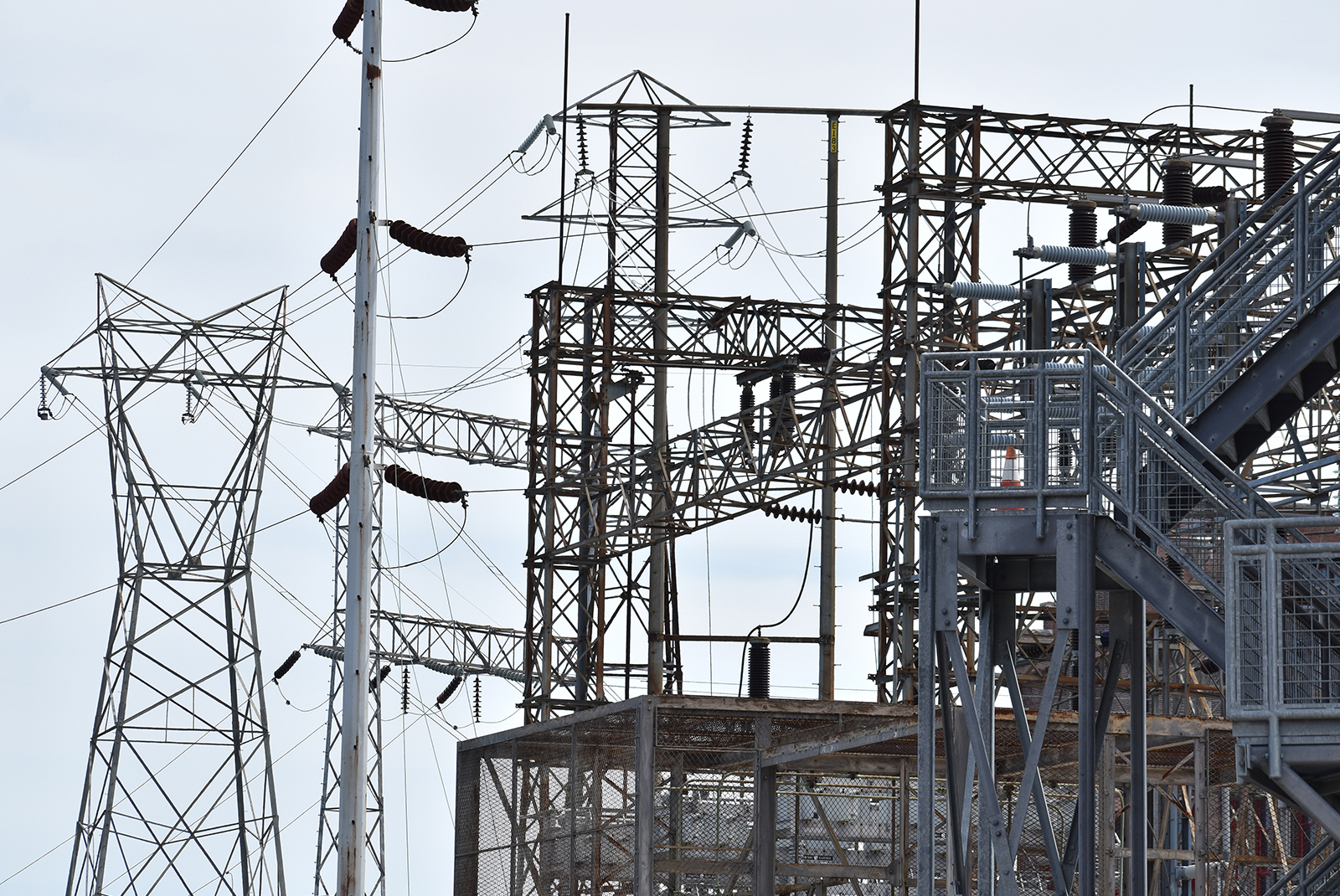
Wanted: Responsible land use
Drastically curbing greenhouse gas emissions is the obvious answer to the climate crisis. Rhode Island, for its part, is failing miserably at reducing its share of carbon emissions. In fact, according to DEM’s most-recent Greenhouse Gas Emissions Inventory, the state’s climate emissions increased nearly 2% from 1990 to 2018, including a jump of 8% from 2017 to 2018.
Reducing greenhouse gas emissions requires a global commitment, like the Montreal Protocol, an international treaty signed in 1987 and designed to protect the ozone layer by phasing out the production of substances that are responsible for ozone depletion. It worked.
As part of the global community, the Ocean State is obliged to do its part to reduce greenhouse gas emissions. Last year’s Act on Climate law is the mechanism state officials believe will deliver that obligation.
The 2021 legislation mandates the state reach net-zero emissions by 2050, with specific benchmarks every 10 years, or else face legal challenges. The Executive Climate Change Coordinating Committee (EC4), a 12-member council made up of state agency leaders, is responsible for ensuring Rhode Island meets those goals. It has no funding and no enforcement power.
The law also includes a provision enabling lawsuits to be filed when citizens or organizations believe the state is not upholding its climate responsibilities. While the state waits for such lawsuits to be filed, there is one area within its 1,214 square miles that it could better manage now that would have a significant impact on environmental justice issues and help mitigate the climate crisis: responsible land use.
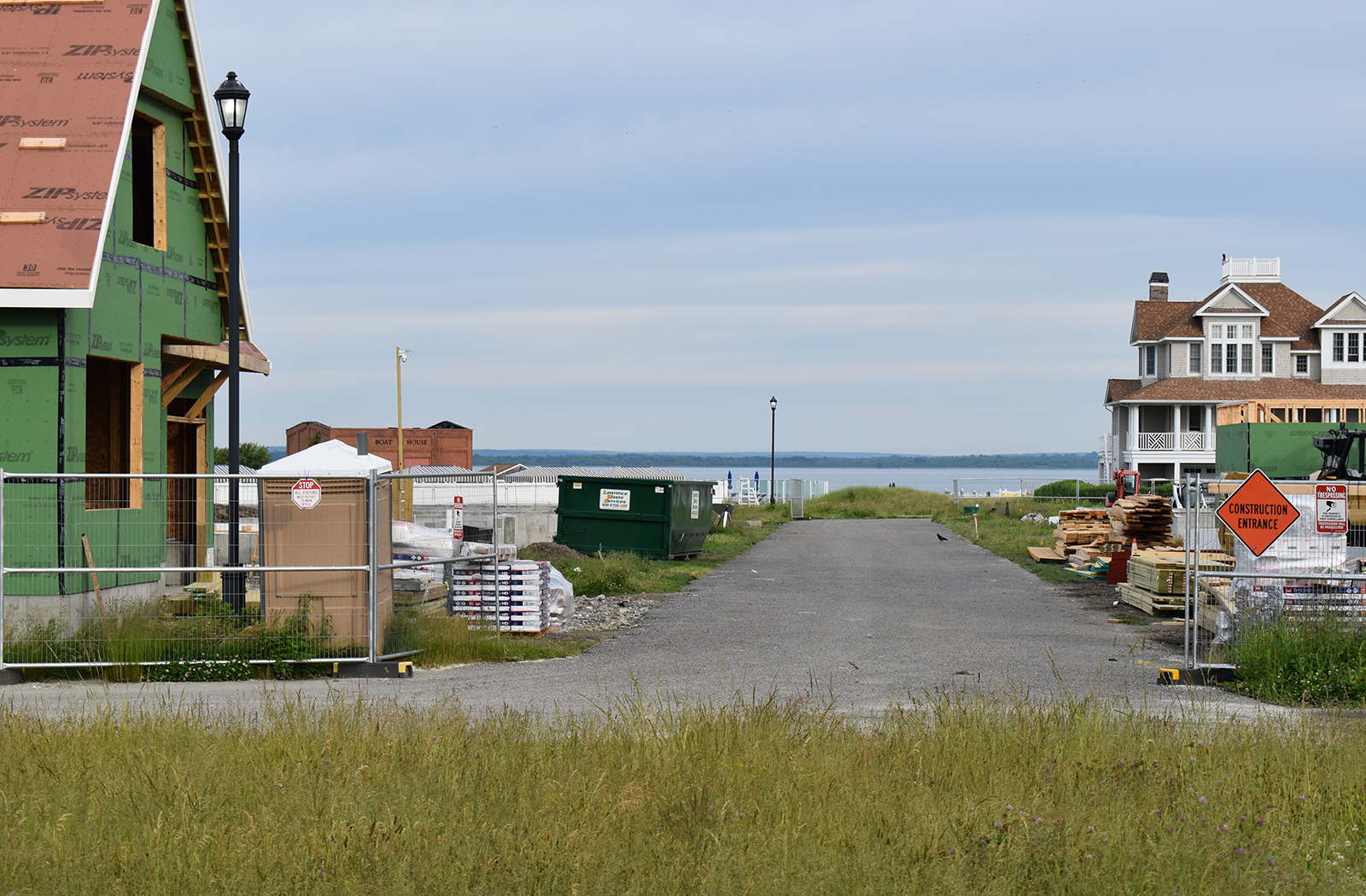
Since 2010, as the climate emergency came into crystal-clear focus, Rhode Island has ignored vacant and underused developed space to build: a 420,000-square-foot, 2,400-parking-spot corporate banking campus on nearly 60 acres of recovering woodlands in Johnston; a 77,500-square-foot casino with more than 1,100 parking spots on a 48-acre, wooded wetland site in Tiverton, leaving an already-built gambling facility in Newport surrounded by asphalt and concrete unused; ground-mounted solar panels on more than 1,000 acres of open space; and more big homes, especially along an already-crowded coastline.
This rate of land consumption and types of use are not sustainable, and volumes of taxpayer-funded reports and studies make this fact evident.
The state’s Land Use 2025 plan, published in 2006 by the Rhode Island Department of Administration’s Division of Statewide Planning, was created to reflect “the growing realization of the urgency for Rhode Island to plan, develop, and conserve more intelligently.” It was intended “to guide future land use and development and to present State Guide Plan policies under which State and local land development activities will be reviewed for consistency.” It challenged “Rhode Islanders to work collectively to design, build, and conserve the State’s communities and landscapes.”
The challenge was dismissed. There is little consistency in Rhode Island’s development practices, except that forestland continues to be bulldozed and open space destroyed because it is easier and more profitable to turn green gray and black. Conservation efforts — often lead by volunteers and small nonprofits — can’t keep pace with forest fragmentation and coastal development.
Land Use 2025 and similar studies, such as Forest Action Plan 2020, the 2019 The Value of Rhode Island Forests study, the 2010 A Path to Tomorrow’s Forest report, and the 39 municipalities’ individual comprehensive land development plans, are little more than mirages. The information provided and guidelines recommended in these documents are largely ignored, or, as is the case with many of those mandated municipal land-use plans, haven’t been updated and are now vastly outdated.
The inattention paid to these reports and plans has left Rhode Island in a development pattern that doesn’t address the climate crisis and other 21st-century challenges. Adopting an intelligent approach to land use, as recommended in all those documents, would help mitigate the impacts of global warming. Forests sequester carbon. Wetlands help control flooding. Salt marshes protect infrastructure from storm surge and rising tides.
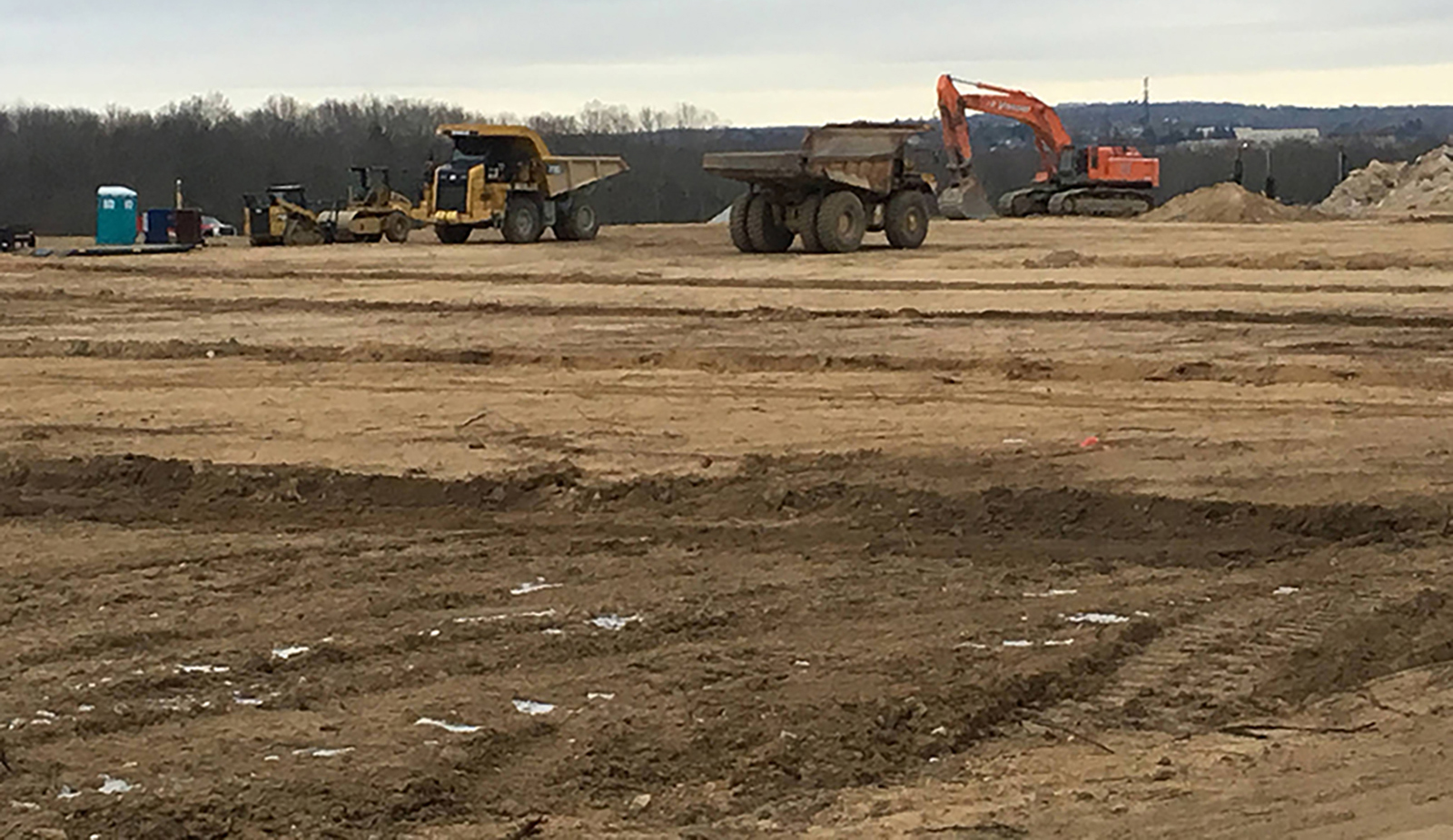
A disturbing disappearing act
Humankind’s climbing population and our growing demand for energy, food, feed, fiber, fuel, and the latest gadget are trampling the green space needed to protect nearly 8 billion people against flooding, soaring temperatures, and biodiversity loss. The natural world also provides clean air and water.
Ecological collapse doesn’t just mean monarch butterflies disappear, polar bears starve, and coral reefs bleach. Humans, even the rich and powerful ones, will feel the ripple effect. Of course, the populations, both human and nonhuman, that have long been marginalized for profit will bear the brunt. They already are.
About 40 of the world’s countries, including Australia, Brazil, and Israel, are at risk of their ecosystems collapsing because of the destruction of wildlife and their habitats, according to a 2020 analysis by one of the world’s largest reinsurers and a linchpin of the global insurance industry.
“A staggering fifth of countries globally are at risk of their ecosystems collapsing due to a decline in biodiversity and related beneficial services,” according to the Swiss Re Group report.
Another report published in 2020, the U.N.’s Global Biodiversity Outlook 5, found that, despite some progress having been made in the past decade, natural habitats continue to disappear, vast numbers of species remain threatened by extinction from human activities, and $500 billion of environmentally damaging government subsidies have not been eliminated.
The 211-page report noted the natural world is deteriorating and failure to act could undermine the goals of the Paris Agreement.
The World Wildlife Fund and Zoological Society of London’s Living Planet Report 2020 said global wildlife populations are in free fall, plunging by two-thirds, because of human population growth, overconsumption, and intensive agriculture.
To combat this loss of biodiversity, a 2019 report on the climate crisis and land use by the Intergovernmental Panel on Climate Change noted humankind needs to protect and restore land and better reuse developed areas to fight global warming, prevent biodiversity loss, and sustain ecosystem service benefits that humans depend on.
Another 2019 study commissioned by the United Nations, the Global Assessment Report on Biodiversity and Ecosystem Services, estimated that current extinction rates could be up to hundreds of times higher than at any other point in the past 10 million years.
The report found humans have “significantly altered” three-quarters of the Earth’s land area. It also highlighted the fact that, “On average these trends have been less severe or avoided in areas held or managed by Indigenous Peoples and Local Communities.”
Among the report’s other notable findings: more than a third of the world’s land surface and nearly 75% of freshwater resources are now devoted to crop or livestock production; a third of the planet’s forest cover has been destroyed during the past two centuries; and more than half a million species don’t have enough habitat to survive.
“Despite progress to conserve nature and implement policies, the Report also finds that global goals for conserving and sustainably using nature and achieving sustainability cannot be met by current trajectories,” according to the Global Assessment Report on Biodiversity and Ecosystem Services, “and goals for 2030 and beyond may only be achieved through transformative changes across economic, social, political and technological factors.”
The United States, and its smallest state, continue to ignore reality.
The United States, followed by Europe, are responsible for the majority of global ecological damage caused by the overuse of natural resources, according to a study published in April in the journal Lancet Planetary Health.
The study’s authors found that high-income nations were responsible for 74% of global excess resource use from 1970 to 2017. The United States was the biggest consumer, accounting for 27% of the world’s excess material use, followed by the EU at 25%.
“High-income nations are the primary drivers of global ecological breakdown and they need to urgently reduce their resource use to fair and sustainable levels,” the study notes.
To view the series, click here.

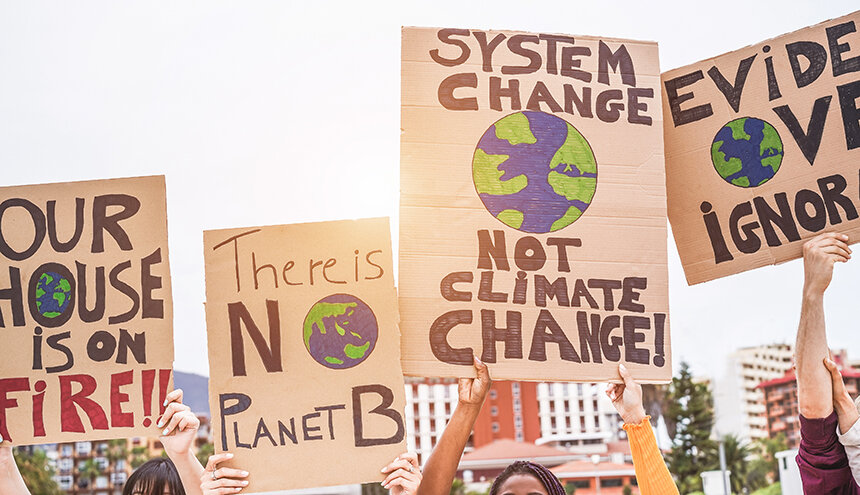
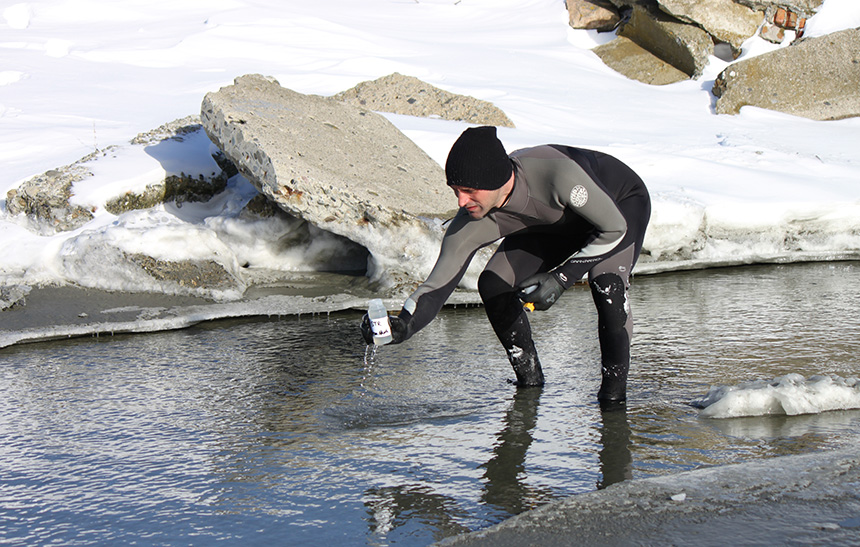

as usual, excellent and thorough reporting from Frank.
I’d add that also needing to be mentioned is corporate responsibility for the loss of natural areas as big companies such as CVS, Fidelity, Citizens Bank, Neighborhood Health Plan, Aetna move corporate offices to sprawl-inducing locations rather than city or town centers, locations where almost nobody can walk, bike, or access by transit, locations that low income people without cars can hardly get to, locations that promote development even further out. This is facilitated by our RIDOT that over and over builds or widens highways for these companies (e.g. Route 99, widening Route 7, new I-295 interchange) deepening auto dependence with all its associated costs and adverse effects contrary to official state policy to concentrate development in built up areas with infrastructure and to reduce vehicle-miles traveled. To address environmental protection and income inequality we need more enlightened and forward-thinking leadership at both the corporate and government levels.
As long as the real estate industry is making policy decisions in RI we are screwed
Well said, Frank and Barry. And we need “more enlightened and forward-thinking leadership” at the political level, too—the level at which at which parties assess issues, voter knowledge and sentiment, choose candidates, and choose tactics to get them elected.
The New York Times front page story has not yet appeared about the prospects of our 2nd District Congressional seat turning red in November, but that’s coming. The Suffolk U. & Boston Globe poll was published this morning and Republican Allen Fung is leading Seth Magaziner at this moment by 6 points—no surprise to anyone familiar with the urban-rural political divide we have right here in Rhody that echoes the national phenomenon. Rural Rhode Islanders have suffered environmental equity issues, too, and a proper knowledge and understanding of them could overcome that gap for Mr. Magaziner.
But who is paying attention? So far, certainly not Seth Magaziner. Or the media.